The Art of Kilim: Exploring Persian Kilim Rugs, Their Value, and Care
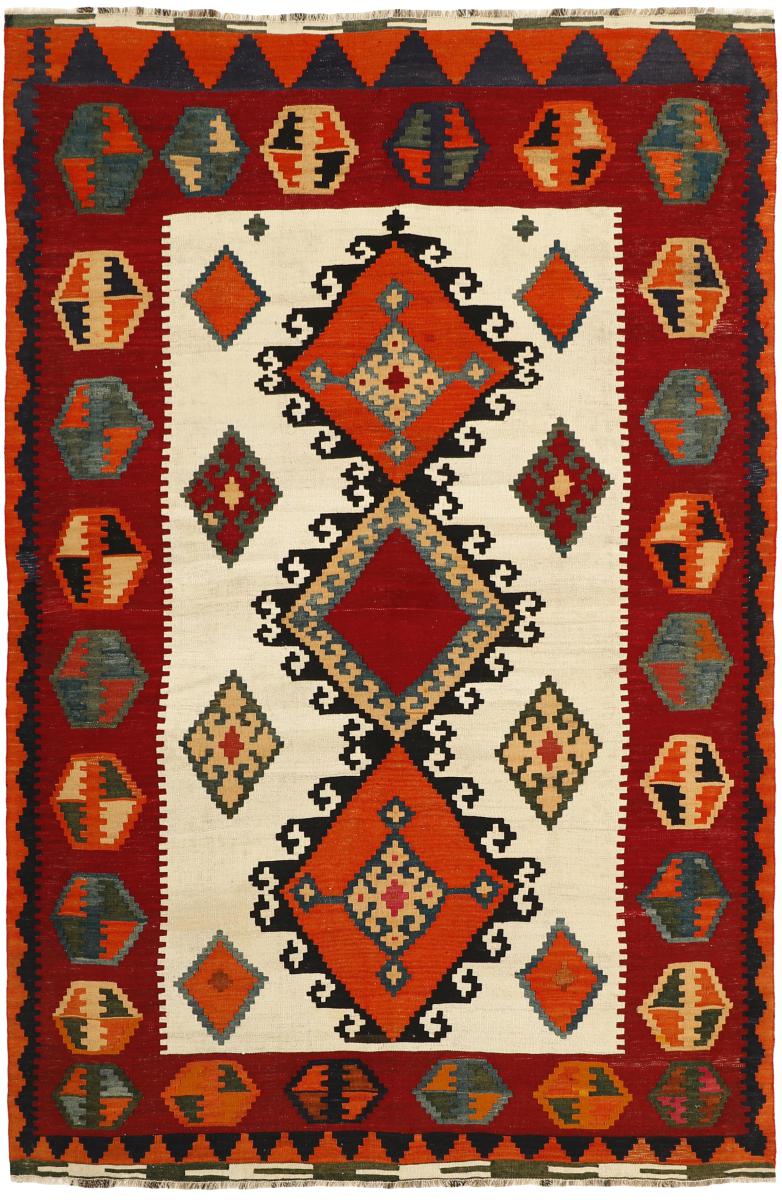
Kilim rugs, with their distinctive flat-weave design, hold a unique place in the tapestry of textile traditions. Originating from the geographical expanse that stretches from the Balkans through Turkey, the Caucasus, Iran, and Central Asia, kilims are not only a testament to the artistry of weaving but also to the rich cultural narratives of these regions.
Their history, deeply entwined with the nomadic cultures of the Middle East and Central Asia, dates back to at least the fourth or fifth century CE, as evidenced by archaeological finds.
The term 'kilim' or 'kelim' is of Turkish origin, denoting a textile that is woven using the interlocking technique where the warp (vertical threads) and weft (horizontal threads) are woven together to create a flat surface without pile.
This technique allows for the creation of intricate geometric patterns, symbolic motifs, and vibrant colour palettes that are characteristic of kilim rugs. Historically, kilims served not just as floor coverings but also as prayer rugs, wall hangings, and even saddlebags, showcasing their versatility and integral role in daily life and ceremonial practices.
The evolution of kilim design reflects the interplay between tradition and innovation. While early kilims were predominantly geometric, the influence of Islamic art and the incorporation of floral and medallion patterns became more prevalent over time. The motifs and colours used in kilims are rich in symbolism, often conveying wishes for prosperity, protection, and happiness. Each region developed its distinctive styles and patterns, influenced by local customs, the natural environment, and historical interactions among diverse communities.
In the 19th and 20th centuries, the appeal of kilims extended beyond their traditional settings, capturing the imagination of collectors, designers, and art enthusiasts in the West. This international interest spurred a revival in kilim production, with artisans blending traditional techniques with contemporary designs. Today, kilims are celebrated not only for their historical significance but also for their aesthetic versatility, adorning modern homes as sophisticated and culturally rich decorative elements.
The ongoing fascination with kilims underscores a broader appreciation for craftsmanship and the storytelling woven into the fabric of these timeless pieces. As kilims continue to be produced by skilled artisans across their traditional homelands, they serve as a vibrant testament to the enduring legacy and evolving narrative of textile art.
The Value and Rarity of Kilim Rugs
The valuation of kilim rugs extends beyond their aesthetic appeal, encompassing their historical and cultural significance. These handcrafted textiles are more than mere floor coverings; they are storied artefacts of ancient traditions. The painstaking process of weaving kilims, often taking months to complete, imbues each piece with a uniqueness that cannot be replicated by modern manufacturing methods.
Antique kilim rugs, in particular, are treasured for their historical narratives. Each aged fibre and faded hue tells tales of a past era, often passed down through generations. The rarity of these pieces adds to their allure, making them highly sought-after by collectors and enthusiasts alike. The intricate designs, natural dyes, and traditional weaving techniques employed in antique kilims distinguish them from their contemporary counterparts, often fetching higher prices in the marketplace.

The question of why kilim rugs are considered expensive can be understood by examining the skilled craftsmanship, quality materials, and artistic designs involved in their creation. The weavers, often skilled artisans carrying forward family legacies, invest significant time and effort in producing each rug. The use of high-quality, natural materials, such as wool and cotton, combined with natural dyes, ensures longevity and vibrancy in the designs.
In the contemporary world, the appreciation for handcrafted goods has surged, with kilim rugs riding the crest of this wave. Their blend of cultural richness, artistic expression, and practical functionality resonates with modern consumers, further enhancing their value. As unique, handcrafted items, kilims symbolize a connection to a cultural heritage that many seek to preserve and celebrate in their personal and professional spaces.
Joe Rugs - Carpet Expert
Hello! I'm Joseph Rugs, the founder of CarpetJoe.com and your guide through the intricate world of carpets. Born and raised in London with a deep-rooted passion for art and culture, I've explored the globe to bring the rich tapestry of carpet weaving right to your screen. My academic background in arts and humanities from Oxford has fuelled my curiosity, leading me to uncover the stories behind every knot and weave. As a family man, my adventures are shared with my loved ones, enriching our lives with every piece of art we encounter. Join me as we explore the beauty and craftsmanship of carpets together.
Caring for and Identifying Authentic Kilim
Maintaining the beauty and integrity of kilim rugs requires knowledge and attention to their specific care needs. Understanding how to effectively clean a kilim rug is paramount for preserving its quality over time. These rugs demand a gentle approach, considering their delicate weave and natural fibers. Regular vacuuming can mitigate the accumulation of dust and debris, while spot cleaning with mild detergents can address stains without compromising the fabric's integrity.
Identifying an authentic kilim rug involves an appreciation of its unique characteristics. Handwoven kilims are notable for their flat-weave technique, resulting in a distinctive texture. The irregularities in the weave, the vibrancy of the natural dyes, and the intricacy of the patterns are hallmarks of a genuine kilim. Furthermore, the design elements often have cultural significance, with each motif or color scheme representing a particular tradition or symbol from the region of origin.
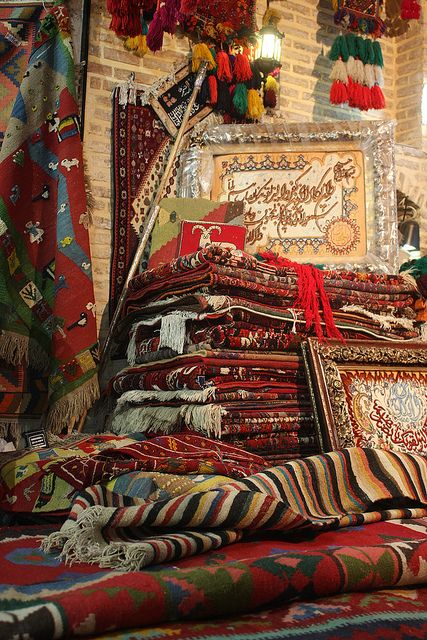
Differentiating between Persian rugs and kilim rugs is also crucial in understanding their respective values. While both styles have their roots in Persian culture, they differ in construction. Persian rugs are typically characterized by their piled weave, lending them a plush texture. Kilims, however, are distinguished by their flat, pile-less weave, making them thinner and more versatile. This distinction not only impacts their aesthetic and tactile qualities but also influences their functional use in interior design.
Caring for kilim rugs involves more than mere maintenance; it is about preserving a piece of cultural history. Whether it's through proper cleaning techniques or recognizing the features of an authentic kilim, proper care ensures these rugs can continue to be cherished and appreciated for generations to come.
Common Types or Rugs
Each type of Oriental rug has its unique charm and story, making them more than just a luxury item; they are a piece of their country's cultural legacy. Collectors and enthusiasts of Oriental and Persian rugs appreciate them not only for their aesthetic appeal but also for their cultural, historical, and artistic significance.
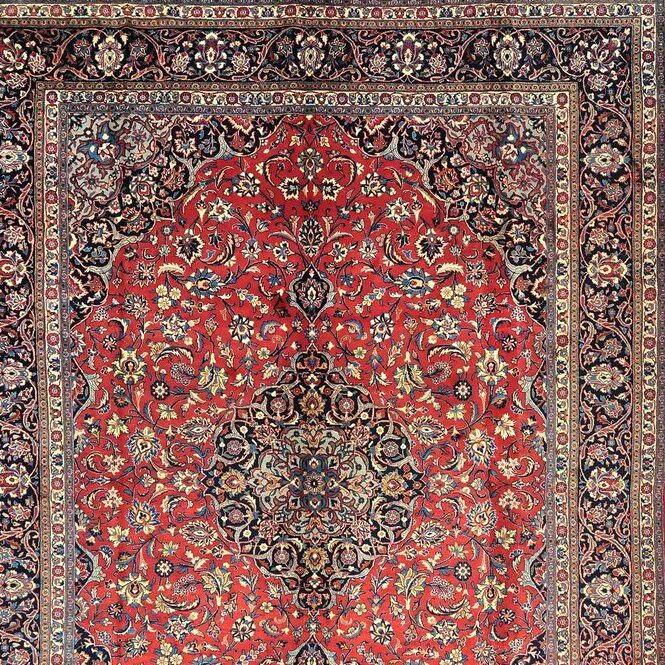
Persian Rugs
Originating from what is now modern-day Iran, Persian rugs are celebrated for their unparalleled craftsmanship and enduring beauty.
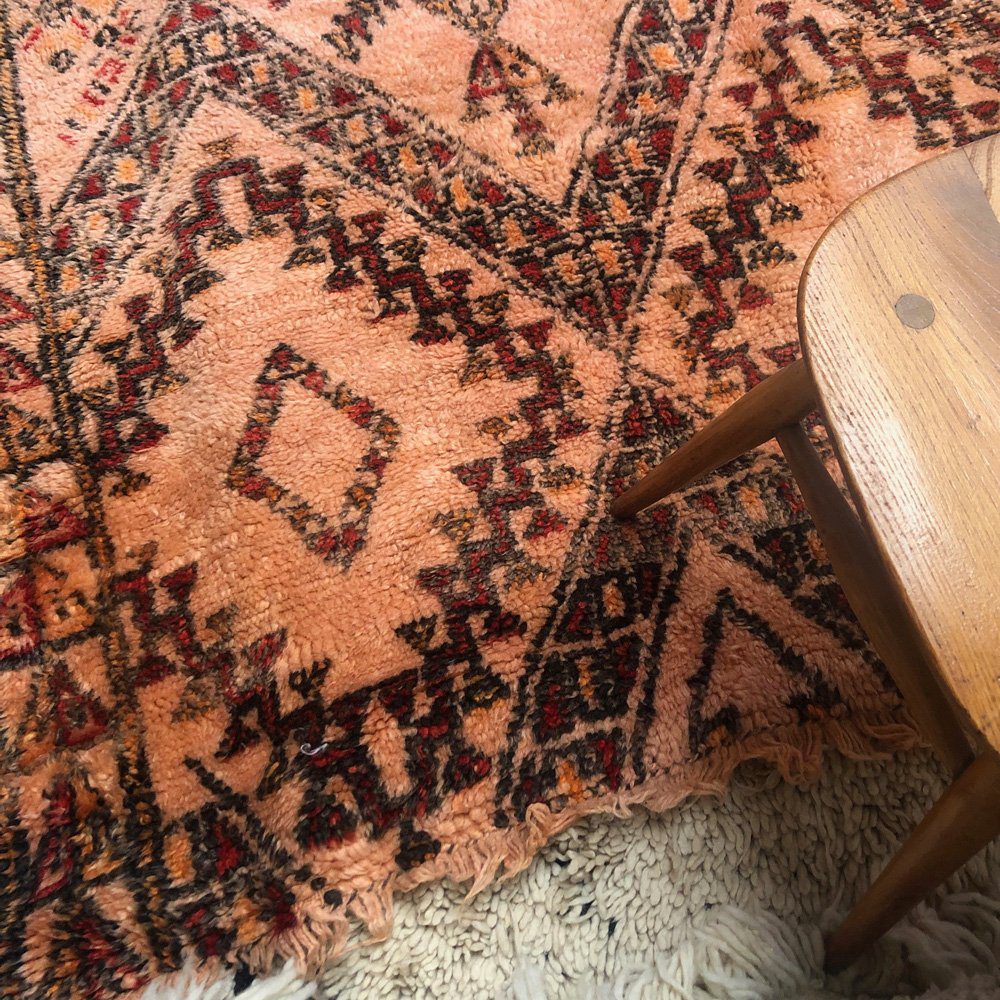
Berber Rugs
Originating from the Berber tribes of North Africa, particularly Morocco, this type of carpet is renowned for its rugged texture and resilient nature.
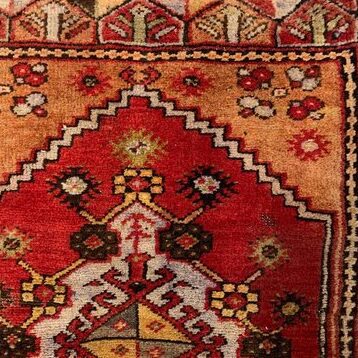
Turkish Rugs
Turkish rugs have a legacy steeped in history and artistry, and have always been a symbol of exquisite craftsmanship and cultural significance.
Carpet Care & Maintenance
Rug Cleaning Mastery and Solutions to Common Damages
Understanding the proper techniques for rug cleaning is essential for maintaining their beauty and longevity. Regular vacuuming is a key step in preventing dust and dirt accumulation. However, deeper cleaning methods, such as steam cleaning or dry cleaning, are necessary for removing stubborn stains and embedded dirt.
Steam cleaning, or hot water extraction, is particularly effective for thorough cleaning and sanitizing.
For delicate rugs, dry cleaning with special powders or solvents is advisable.
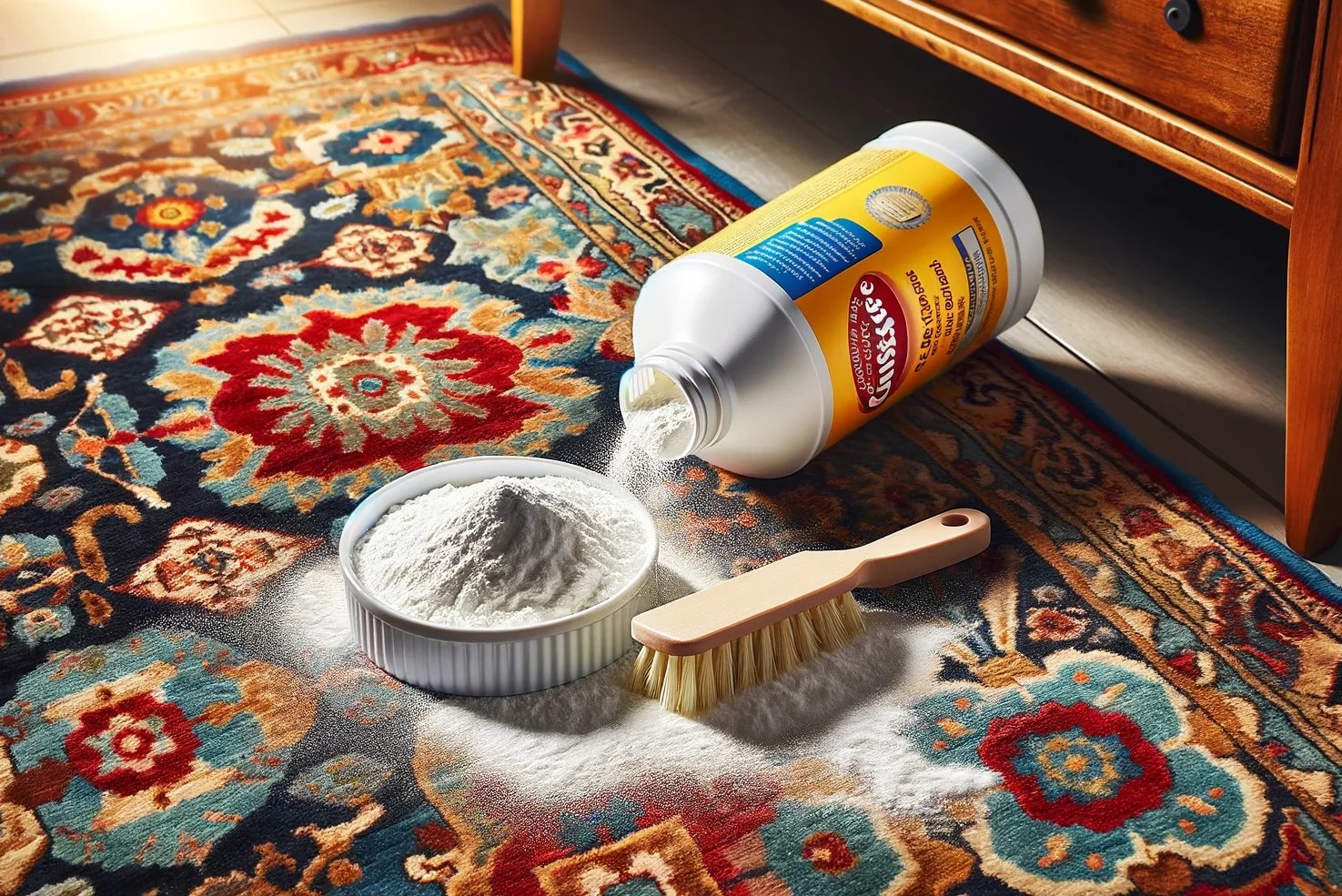
Homemade Flea Treatments for Carpets
Homemade flea treatments for carpets offer a natural and cost-effective alternative to commercial products. Read More →
Frequently Asked Questions
A kilim rug is a distinct type of textile traditionally crafted in regions across the Middle East and Central Asia. Characterized by its flat-weave technique, a kilim rug is woven without a pile, creating a lightweight and versatile fabric. The art of kilim weaving is deeply rooted in cultural traditions, with each design and color palette reflecting the heritage and storytelling of the weaver's community. These rugs are famed for their geometric patterns, vibrant colors, and symbolic motifs, each carrying a unique story or meaning.
Cleaning a kilim rug requires a delicate approach due to its handwoven nature and the use of natural dyes. Regular light vacuuming is recommended to prevent dirt accumulation. For spot cleaning, use a mild detergent and cold water, gently dabbing the stained area. Avoid harsh chemicals or vigorous scrubbing as they can damage the fibers. For comprehensive cleaning, it is advisable to consult a professional experienced in handling kilim rugs to ensure the preservation of its colors and texture.
Kilim rugs are considered expensive due to the intricate craftsmanship, time, and skill required to create them. These rugs are handwoven, often taking months to complete, and each design is unique to the weaver's artistic expression. The use of high-quality natural materials and dyes also contributes to their cost. Additionally, the cultural and historical significance of kilim rugs, especially antique ones, adds to their value, making them not just decorative items but also pieces of cultural heritage.
Persian rugs are valuable due to their intricate handcrafted designs, high-quality materials, and cultural significance. The labor-intensive process of hand-knotting, combined with the use of natural dyes and fibers, results in a product that is not only beautiful but also durable. Antique Persian rugs, especially those that are well-preserved and have historical significance, are highly sought after and can be quite valuable.
Identifying a real kilim rug involves examining its weaving technique, materials, and patterns. Authentic kilims are handwoven with a flat-weave technique, resulting in no pile on the surface. Look for signs of handcrafting such as slight variations in the weave or asymmetry in the design. The colors in a genuine kilim, derived from natural dyes, should be vibrant yet have a certain depth and subtlety. Authentic kilims also often feature traditional patterns that are specific to the region or culture they originate from.
The primary difference between Persian rugs and kilim rugs lies in their construction. Persian rugs are typically hand-knotted with a pile, giving them a plush and soft texture. They are known for their intricate floral and curvilinear designs. Kilim rugs, on the other hand, are flat-woven without a pile, resulting in a thinner and lighter fabric. Kilims are characterized by their geometric patterns and bold colors. While both types of rugs have rich cultural significance, their weaving techniques and aesthetic qualities set them apart.



